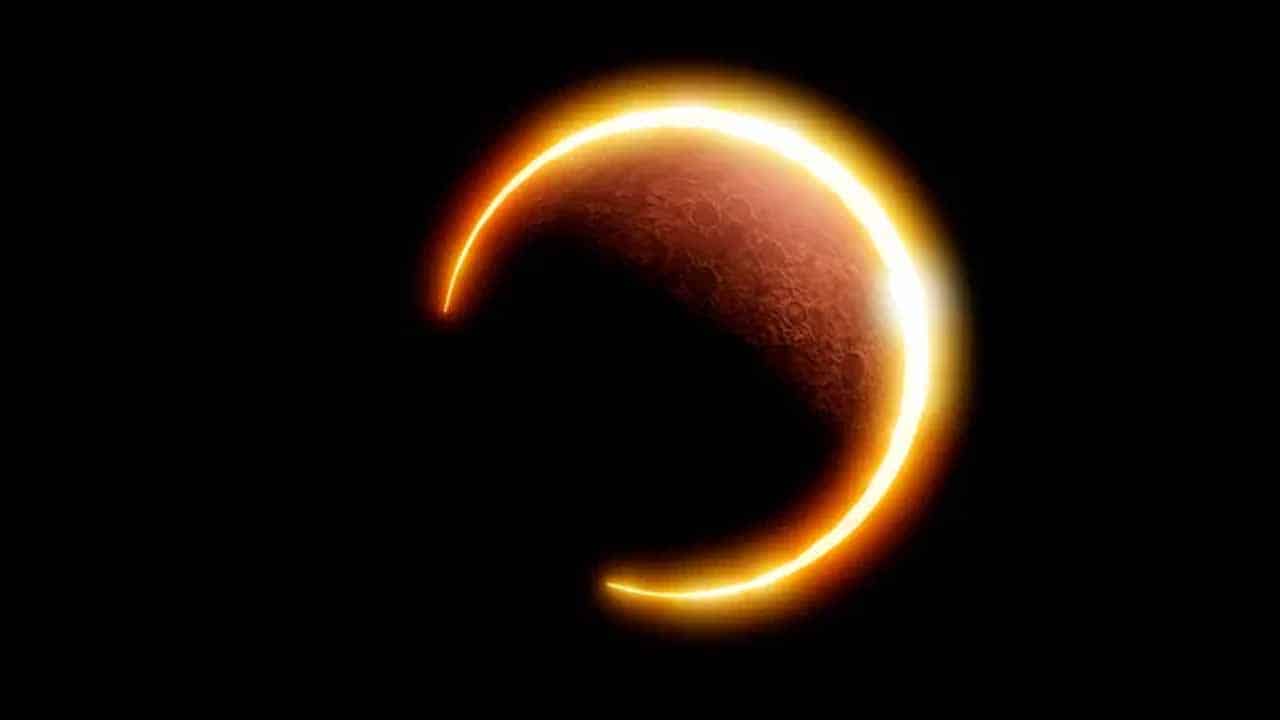In the wake of 2023’s first solar eclipse, which occurred in May and was classified as a hybrid solar eclipse, the world is poised to experience its third and final solar eclipse of the year on October 14 and 15.
This celestial event is what astronomers refer to as an “annular solar eclipse.” It transpires when the moon comes between Earth and the sun, aligning with the sun when it’s near or at its farthest point from our planet. Unlike a total solar eclipse, an annular eclipse does not completely obscure the sun’s face.
Eclipses are relatively rare occurrences because the moon doesn’t orbit precisely in the same plane as the sun and Earth, as explained by NASA.
The Pakistan Meteorological Department (PMD) has confirmed the eclipse’s occurrence, with its timing set for the night of October 14 through just past midnight on October 15, following Pakistan Standard Time (PST). However, it’s important to note that this particular eclipse will not be visible in Pakistan.
Here are the key phases of the solar eclipse:
- Eclipse commencement at 20:04 PST on October 14
- Total eclipse phase at 21:10 PST on October 14
- Eclipse peak at 22:59 PST on October 14
- Conclusion at 00:49 PST on October 15
According to NASA, the eclipse’s journey in the United States will begin at 9:13 am Pacific Daylight Time (PDT) or 12:13 pm EDT/1613 GMT, starting in Oregon. The eclipse’s path will take it through several U.S. states, including California, Nevada, Utah, Arizona, New Mexico, and Texas.
As it moves southward into Mexico, the eclipse will be visible in parts of the Yucatán Peninsula in southwestern Mexico and several Central American countries, including Belize, Honduras, and Panama. While the maximum sun coverage will be along this path, a significant portion of the Americas will still enjoy a captivating celestial spectacle.
The PMD’s statement also mentioned that the solar eclipse will then continue its journey, sweeping across central Colombia and a substantial portion of northern Brazil before concluding in the Atlantic Ocean, just off the coast of Natal, Brazil.
For those intrigued by celestial events, the next total solar eclipse is slated for April 8, 2024, and is already gaining attention as “The Great North American Eclipse.” This eclipse will be visible throughout North and Central America, offering a remarkable astronomical display, according to Space.com.






